Fort Nisqually was established by the Hudson’s Bay Company (HBC), a London-based fur trading company, on Puget Sound in present-day Washington state in 1833. Fort Nisqually was intended to trade with the Southern Coast Salish Indians. By 1839, the fur trade had declined, and the Puget Sound Agricultural Company (PSCAC) was established at Fort Nisqually to raise cattle, sheep, and horses along with crops such as wheat, oats, barley, and peas on the 160,000 acres of land claimed by the company. At the height of operations, Fort Nisqually had over 3,000 sheep, 10,000 head of cattle, and 300 horses. In 1855, HBC sold its holdings to the United States government.
The Fort Nisqually Living History Museum is a reconstruction of the fort which was started in the 1930s by the Works Progress Administration (WPA). Two of the fort’s original structures—the Factor’s House and the Granary—were moved from the original site of the fort to the museum. The museum gives visitors a glimpse of life in the fort in 1855.
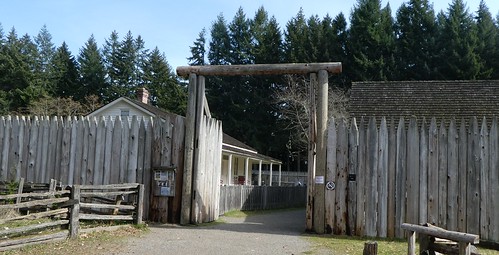
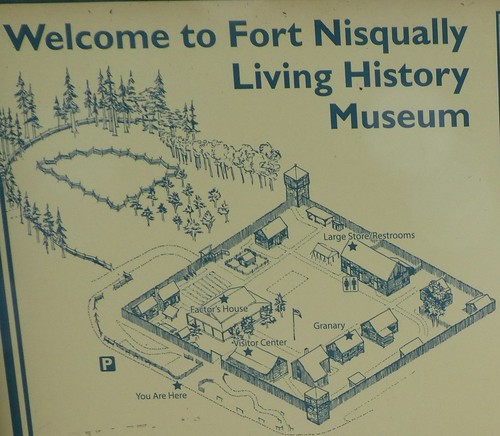
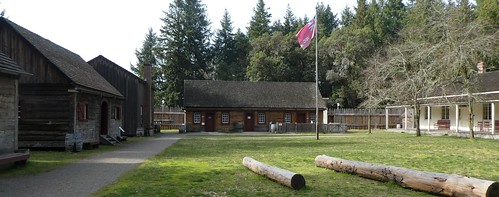
The Factor’s House
The Factor’s House (the HBC manager of the fort was called the Factor) was completed in 1855. It was built in the Greek Revival architectural style with plank-on-beam construction methods using milled lumber.
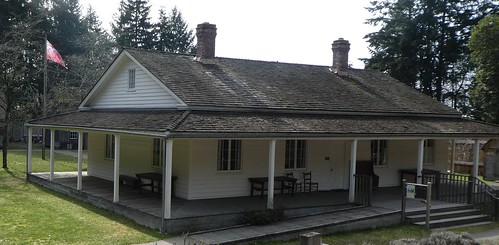
The Granary
The function of the granary was to store oats, wheat, potatoes and peas cultivated in the large gardens and fields surrounding Fort Nisqually. This structure, completed in 1850, was relocated from Fort Nisqually’s historic location and is one of the oldest wooden structures in Washington State. It was built in the traditional post-in-sill style used in the Hudson Bay Company posts.

Men’s Dwelling House
The Men’s Dwelling House was a row house which was divided into three apartments, each with a separate fireplace. Working men were housed in each apartment. Today the building houses the Visitor Center while the exterior of the 50-foot-long building shows how it would have looked in the 1850s.
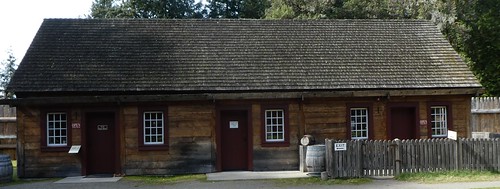
Sale House
The sale shop carried a wide variety of merchandise for sale.

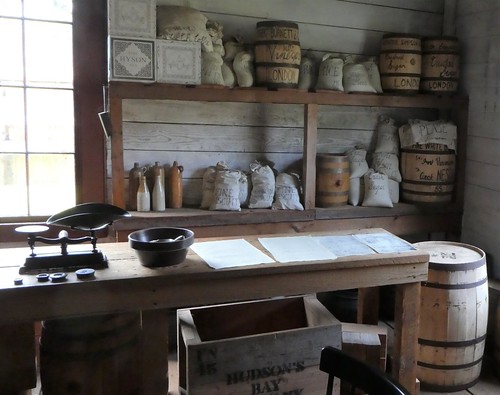
Laborers’ Dwelling House
The workers at Fort Nisqually came from varied and mixed backgrounds: Scots, English, French Canadians, Hawaiians, Native Americans, and American emigrants.
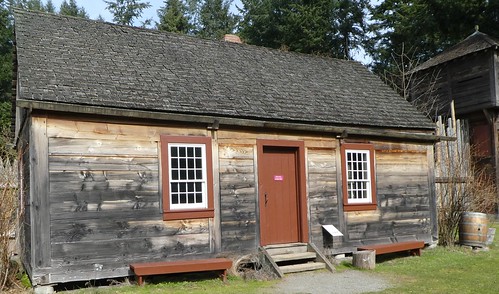
Kitchen Area
The kitchen provided meals for the workers who lived at Fort Nisqually. Prior to 1854, cooking was done over fires and in bake ovens. In 1854, Fort Nisqually acquired an American cook stove which was large enough to cook for a dozen people.
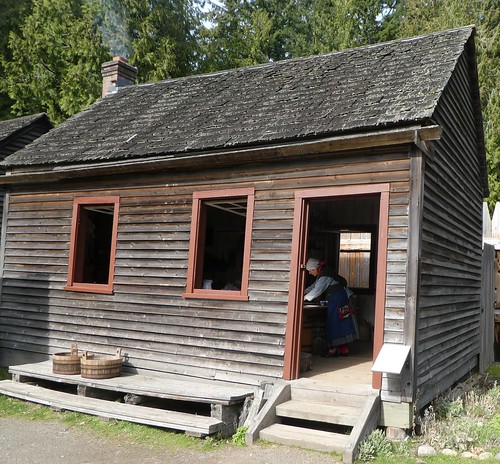
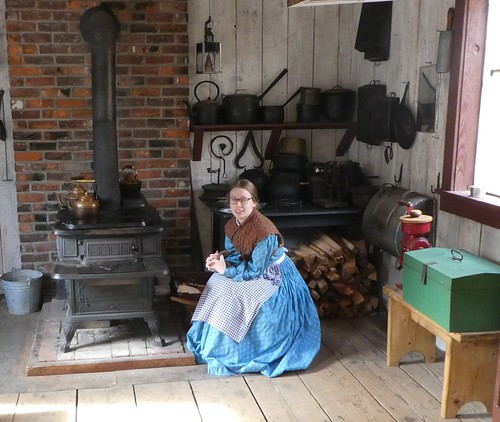
 Shown above is the oven.
Shown above is the oven.
 The root cellar kept food cool during the hot summer months and kept it from freezing during the winter.
The root cellar kept food cool during the hot summer months and kept it from freezing during the winter.

Smokehouses preserved meat such as beef and pork, prepared during the cooler months, for people to eat throughout the year. According to the Museum:
“Meat spoils due to bacteria, which needs moisture to grow. Salting and then smoking the meat dries it out and removes moisture. Properly preserved meat can keep for months or even years with refrigeration.”
More HBC Trading Posts
Fort Nisqually: The Granary (photo diary)
Fort Nisqually: The Kitchen area (photo diary)
Fort Nisqually: Men's Dwelling House (photo diary)
Fort Nisqually: Sale House (photo diary)
Museums 101: The Big House at Fort Vancouver (Photo Diary)
Museums 101: The Fort Vancouver Surgeon's Quarters (Photo Diary)
Museums 101: The Blacksmith Shop at Fort Vancouver (Photo Diary)
Museums 101: The Fort Vancouver Fur Warehouse (Photo Diary)


